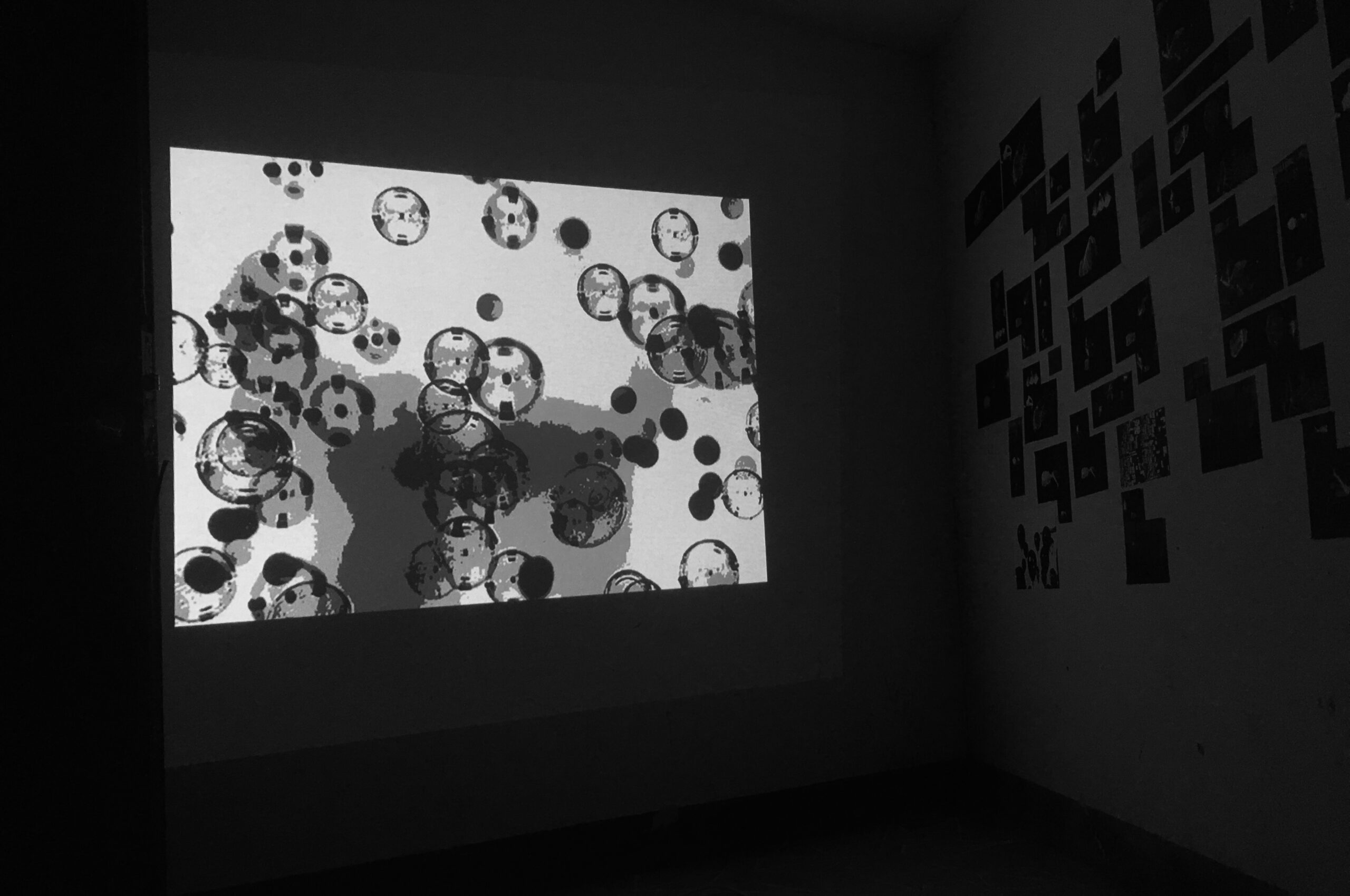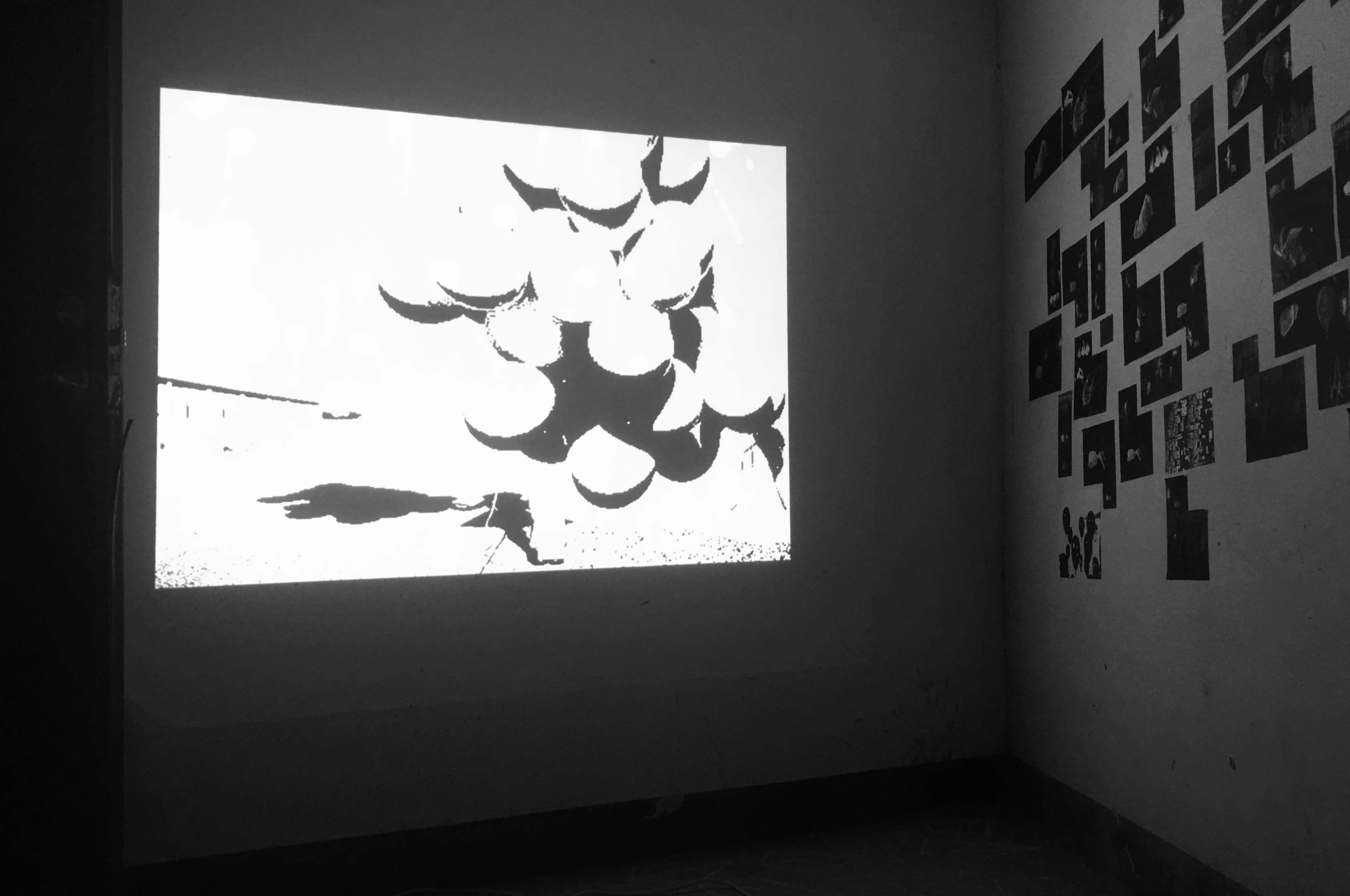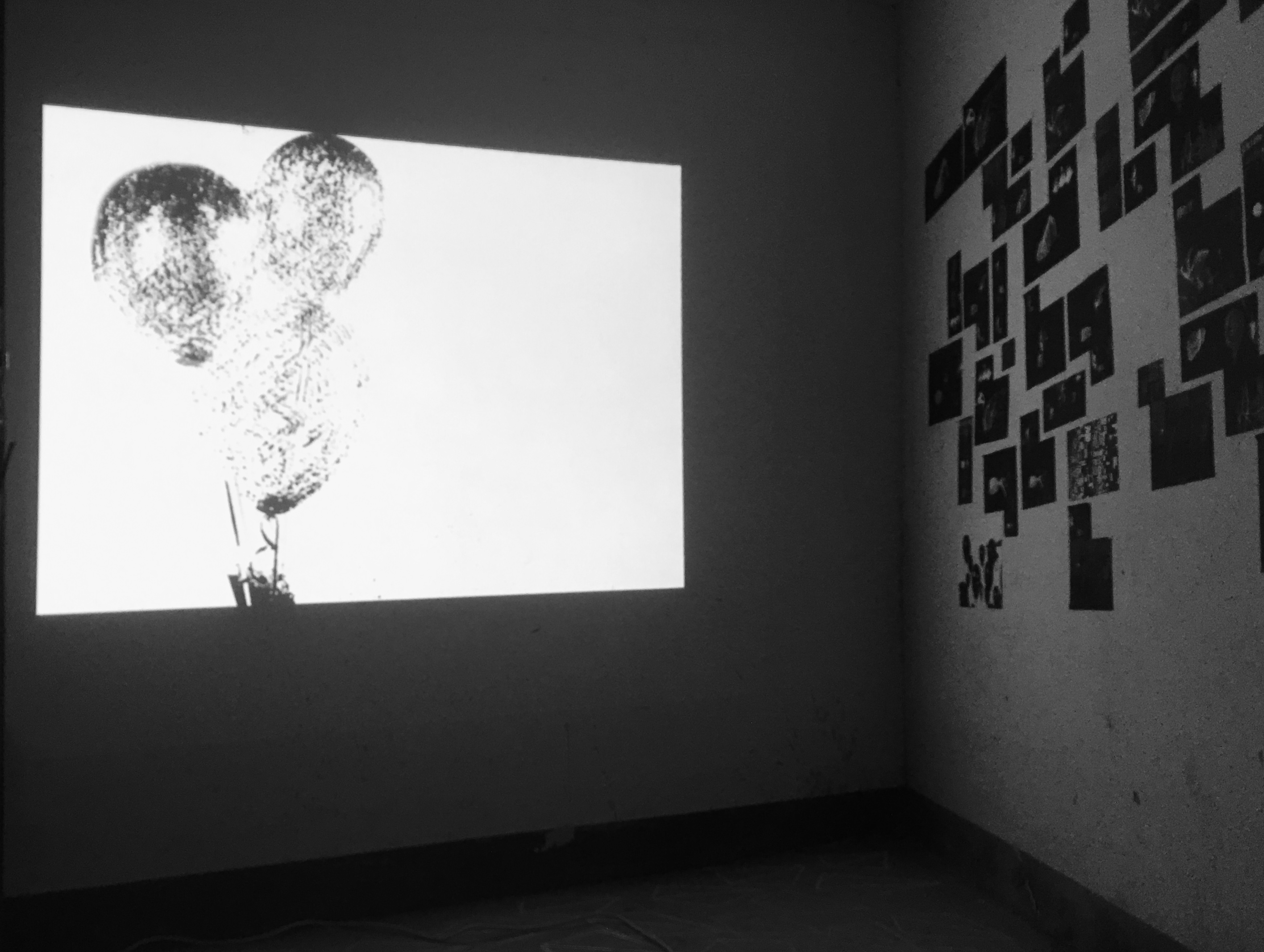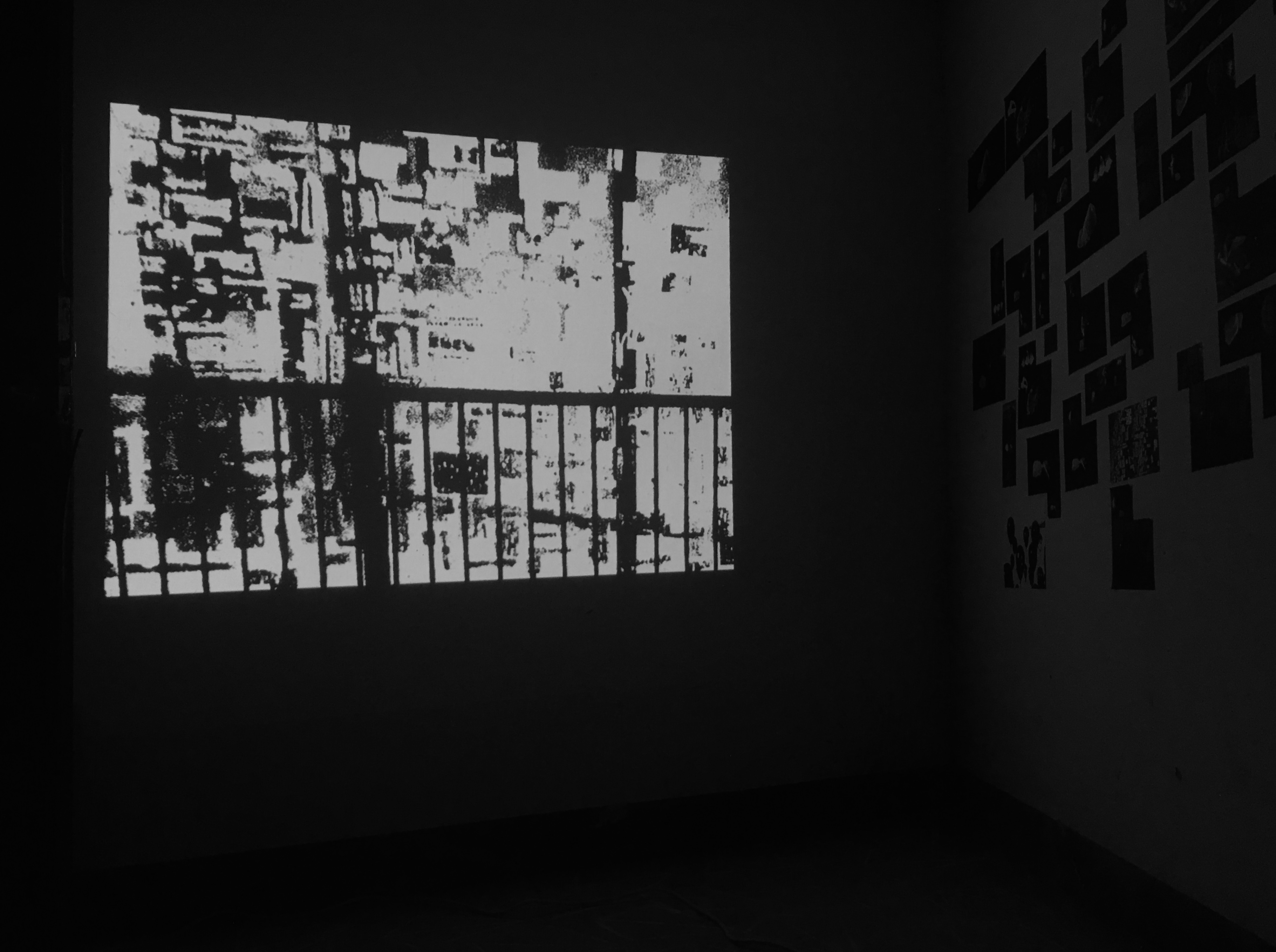TIME CHANGES, LEAVES FALL – AND THEN?
By Yuanyang Bao (Visual Communication Design, China Academy of Art, Hangzhou), Silas Kutschmann (Music/Pop, Zurich University of the Arts), Yu Rainie Liu (Art and Theatre Management & Production, The Hong Kong Academy for Performing Arts), José Pino (Electroacoustic Composition/Guitar, Zurich University of the Arts), Nikolai Prawdzic (Theatre/Dramaturgy, Zurich University of the Arts), Xinyun Juliana Zhu (Choreography/Dance, The Hong Kong Academy for Performing Arts)
A group of six from six different disciplines worked for four weeks together. The result: a theatre-performance called Three Seasons. Time changes, leaves fall – and then?.
Mother and Father are looking for you, you are looking up to them. That’s the order, a harmonious order. If in South-America, Europe or Asia harmony is a basic element of every peaceful living. The concept of harmony in Chinese culture comes from music. Qin music illustrates the concept of harmony through its techniques such as the level of pressure and the speed of tempo, which symbolise Yin and Yang and the different temperature in the four seasons.
But what happens when one day you don’t want listen to your father and you start compose your own life track? What happens when he doesn’t allow you to do? What do you do then?”
After the performance on the opening night we left the remainings of the performance as traces in the main entrance but also exhibited a video installation by Yuanyang Bao.
THE FORCE OF HARMONY
Alienation is a basic element of human life. We get older, move from one place to another, meet different people, different landscapes and every time we’re confronted with a new environment and in that: with a shifted self. The process of transformation and to free oneself from the old stays in tension relationship with every stable concept of harmony. How much alienation can a harmonious status-quo tolerate to not threaten itself? Those are questions the six artists were dealing with in Shanghai, China.
The performance Three Seasons starts with the mother of every alienation experience: the act of birth, the seeing of the world. Still in its own world the child grows up in the lap of the parents. Mother and father are looking after you, you are looking up to them. It’s a playful, a carefree world which surrounds you. Performer and singer Silas Kutschmann stands for it as the caring father, choreographer and dancer Xinyun Juliana Zhu for the father’s child.
Like most of us experienced there comes a point in life where you get pushed out of paradise – the moment when the truth from yesterday gets its first scratches. It’s that moment you start to see the invisible border, the bubble which surrounds you; in our case: the totality of the father, his strictly directing hand which follows the principle of one family one way. But for the grown up child it’s clear she can not follow him no longer. Every step would be a lie. The bubble bursts, she falls. Composer and musician José Pino gives the process of the fall and the attempt to reach foot its rhythm. Based on the sound he gathered in Hong Kong he accompanies her steps into the unknown.
Three Seasons asks for the consequences. How can you go your own way when your environment doesn’t allow you to go? Is there an outside? Do you get help or do you have to give up yourself?
LEAVE THE CONCEPTS BEHIND
Like in our topic the six of us out of different fields and cultural backgrounds had to leave our harmonic sphere of how each of us usually work and to find together a new way. It was a process of constant search. Coming from different disciplines and cultures we were confronted with the diversity of opinions and perspectives that made it sometimes challenging to find common ground. The process was a constant walk between harmonious flow and alienating discussions were we had to learn to make compromises. The goal of telling the story was complicated by the question: How to express a story without words? Account the transcultural context with its different toolboxes to decode the visualised signs.
Facing the topic of harmony and the question of how harmony can kill diversity we actually realised in a very lively way how much dependent we are on it: harmony as a tool which enables us to act versus a pool of contradictorily thoughts, methods and aesthetic tastes that divide us. It was a time with a strong impact. The reflection is still moving.
Clear is: In the end it’s not about harmony vs. diversity, it’s about achieving a harmonic composition which allows an interaction of diverse tones, a playful one with each other which allows a free flow. For that everyone has to listen to each other, to compromise and always to be open to rethink the common to the stone.





